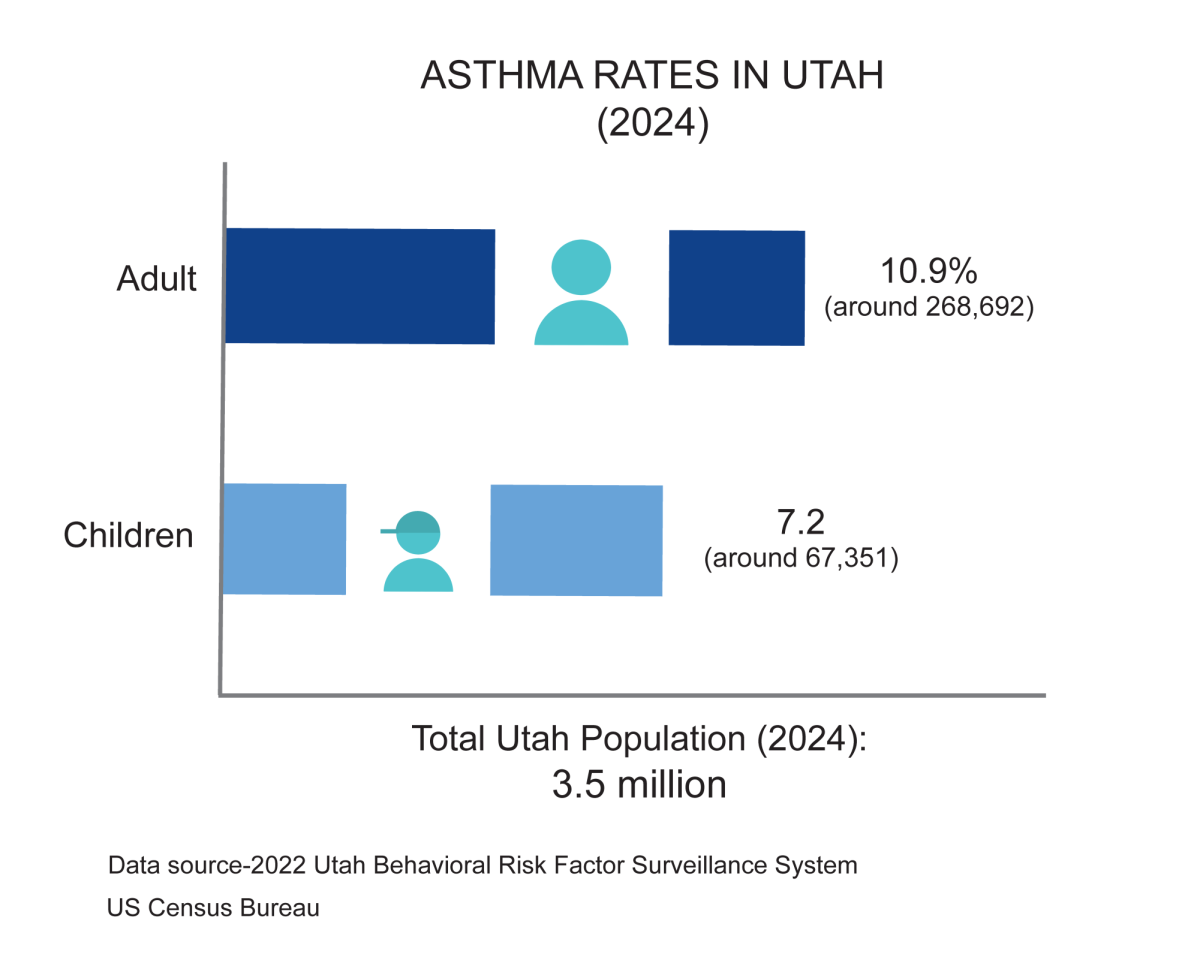The Centers for Disease Control and Prevention and the Food and Drug Administration are conducting an investigation into the multi-state meningitis outbreak. As of Oct. 9, there have been 105 cases in 10 states, recently resulting in 11-plus deaths.
Infected patients received an epidural steroid injection from one of three possibly contaminated lots of preservative-free methylprednisolone acetate. The compound was prepared by the New England Compounding Center in Framingham, Mass. Several patients diagnosed with the non-contagious form of meningitis have suffered strokes that are believed to have resulted from the infection.
“I find it very scary that the individuals who have died from this breakout actually got it from injections from hospital and doctors,” said Ava Naisbitt, Weber State University senior. “I cannot imagine going to the hospital to have a procedure that is supposed to help me and have it give me a deadly disease.”
The first injections were given May 21, 2012, and symptoms occur 1-4 weeks post-injection. The CDC stresses that not all patients who received the injection will become sick, and patients should watch for symptoms. Symptoms include fever, new or worsening headache, nausea, neurological deficit, neck stiffness, sensitivity to light, weakness or numbness, and redness or swelling at the injection site.
The NECC recalled the possibly contaminated lots on Sept. 25. The FDA reported finding a fungal contamination in the sealed vials. The contaminated vials were distributed to 75 health care facilities in 23 states.
“I thought the Food and Drug Administration was supposed to have a handle on these types of drugs and that steps were supposed to be taken in medicines and pills,” Naisbitt said. “If the strict guidelines were followed, then I do believe these tainted steroid injections that are killing people would not have made it to the marketplace.”
Meningitis is defined as the swelling of the meninges, or the protective membranes that cover the brain and spinal cord. This type of swelling is caused by bacteria, virus or a fungus. Severity and treatment of the illness differs from patient to patient and is based on each individual case and the cause of the infection. Fungal meningitis is the rarest and occurs when a fungus is spread throughout the blood to the spinal cord and then exposed to the protective membranes.
“I’ve heard of other forms of meningitis, but never fungal,” said Zac Serna, another WSU senior. “It’s horrible that this happened.”
Debbi Spilker of Ogden receives the same type of injections that have been linked to the outbreak.
“People with conditions like me depend on these steroid injections to help give us a quality of life,” Spilker said. “We seek out trained professional doctors; we put our trust in the doctors and the medication that they are administering.”
Utah isn’t listed as one of the states that received the contaminated lots. Patients like Spilker still fear the new information released each day.
“I have watched the numbers rise of those infected and watched the numbers in deaths rise, and it’s frightening,” Spilker said.
Up-to-date information on cases and deaths is available at CDC.gov. Those interested can also sign up for the e-mail updates or RSS feed.
“I wish the best to all of those infected with this,” Spilker said. “Let this be a wake-up call for more safety regulations on medical companies that don’t take every necessary precaution to insure the safety of all those that will be treated with their product.”



















